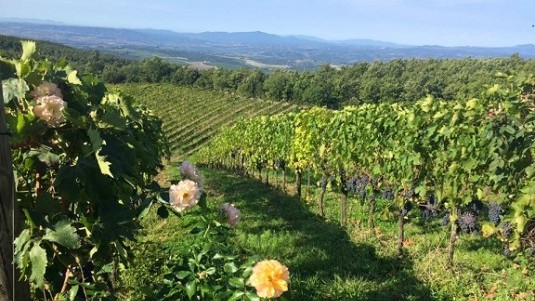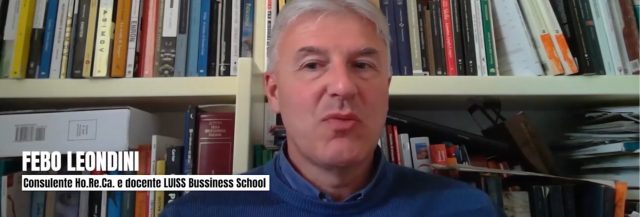Vecchie Vigne and Fornaci: two cru compared

The Ragnaie estate has been operating in Montalcino for many years but it was not until it was taken over by the Campinoti family, well-known Tuscan entrepreneurs, that it really took off. Riccardo Campinotti understood the estate’s potential when he acquired it, in 2000, and immediately began to revamp its technical structure and battery of barrels, acquiring medium-sized barrels. He also opted for using cement vats for fermentation and bought vineyards in the subzone of Castelnuovo dell’Abate in order to take advantage of the diverse characteristics of a different area of Montalcino and not be limited to those of the vineyards surrounding the estate, which sit at a higher altitude where it is decidedly cooler.
He made an interesting choice of not modifying the fermentation and maceration process of the two cru, to better understand the differences they made to the wines, and limited man’s intervention as much as possible. The result was a very characteristic and consistent style evident in the full line of the estate’s production which includes wines other than Brunello, like Rosso di Montalcino and a delectable Chianti Colline Senesi, which will be phased out due to recent changes in production regulations with the grapes to be used to produce Brunello.
The estate produces two Brunello cru, Vecchie Vigne and Fornaci. Vecchie Vigne (Old Vineyards) is made with grapes from the oldest vineyard, which is the one closest to the estate’s headquarters and near the Passo del Lume Spento estate. Sitting at such a high altitude, the area is windy and cool and this limits yield and great effort is needed to give the wine a certain complexity. Riccardo is most successful at doing this in hot years. The Fornaci (Furnaces) vineyard, on the other hand, in a way lives up to is name being in a hotter zone of Montalcino which means that the grapes ripens earlier and are thus harvested earlier than those in Vecchie Vigne.
The wines are made traditionally with long maceration and constant attention to the fruit. What is different is the attention paid to the cleanliness of the bouquet and the quality of the tannins in order to produce elegant wines that exalt the telltale aspects of each zone: the acidity of Vecchie Vigne and the tannins of Fornaci.
Here we have reviewed three vintages of Vecchie Vigne and three of Fornaci. Two of the vintages are the same, 2007 and 2012, to which we’ve added a 2008 Fornaci and a 2009 Vecchie Vigne.
Both wines are very interesting and faithfully reflect the merits and ‘defects’ of the respective harvests, with a continuous comparison between the characteristics of the vintages between the two cru. Some of the observations confirm the old saying that Montalcino wine “can be drunk by all but understood by few”.

 Italiano
Italiano








